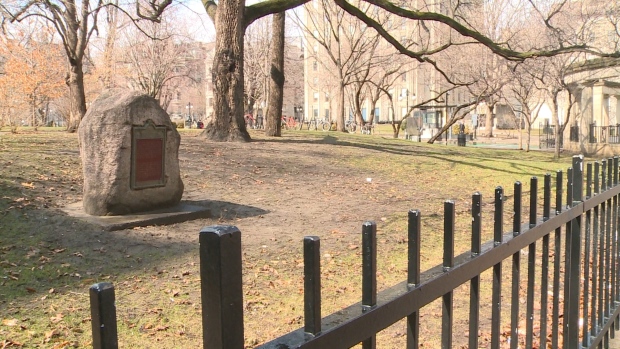[timeline_excerpt]In the early 1920s, the population of Jewish students at McGill was increasing, with 25% of Arts, 15% of medicine, and 40% of law students indicating their religion as Jewish. In the late 1920s and early 1930s, as anti-semitism was on the rise in Europe, the faculties of medicine and law instituted a quota system […]

[timeline_excerpt]Hochelaga was an Iroquois village, likely situated near where McGill campus is today, documented by Jacque Cartier on his voyage to Canada in 1535 but found abandoned in a subsequent French expedition in 1600 (see 1553 entry above for more information). The site of Hochelaga was designated a national historic site by the Advisory Board […]
[timeline_excerpt]While there was never a formal act banning Black immigration, Canadian officials have engaged in efforts to make it difficult for African Americans to immigrate to Canada. Prime Minister Wilfred Laurier signed an Order-in-Council banning Black Immigrants based on the notion that African Americans were not suited for the “climate and requirements of Canada.” This […]
